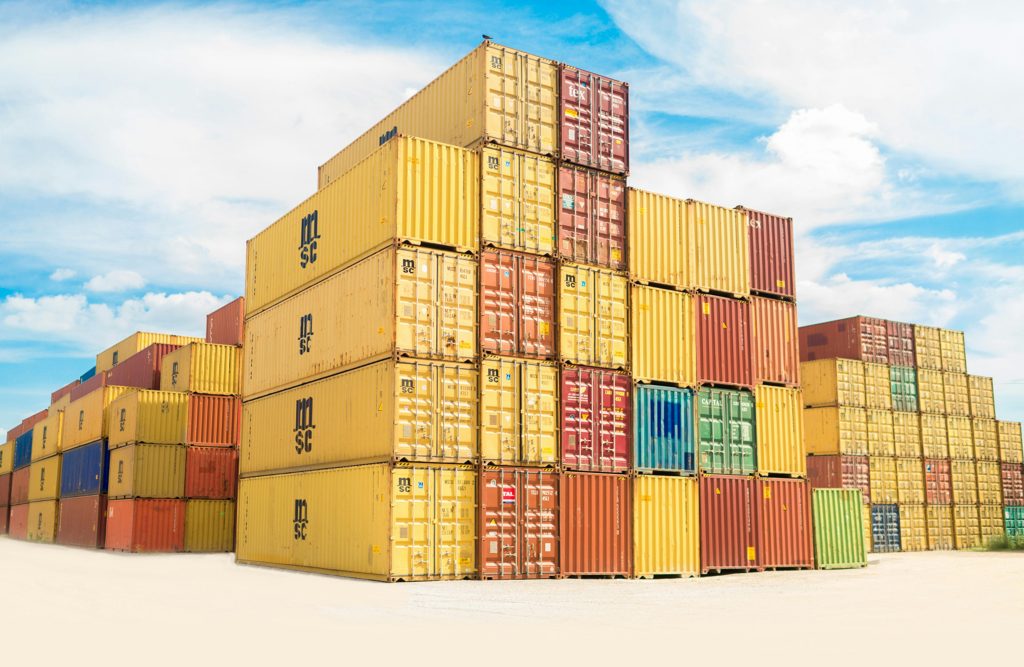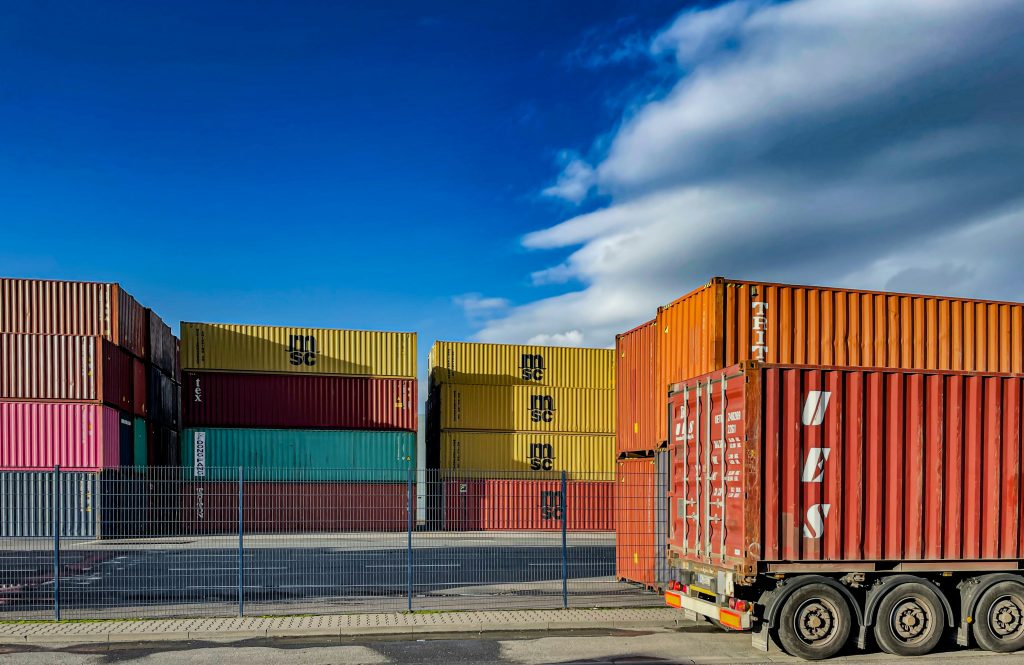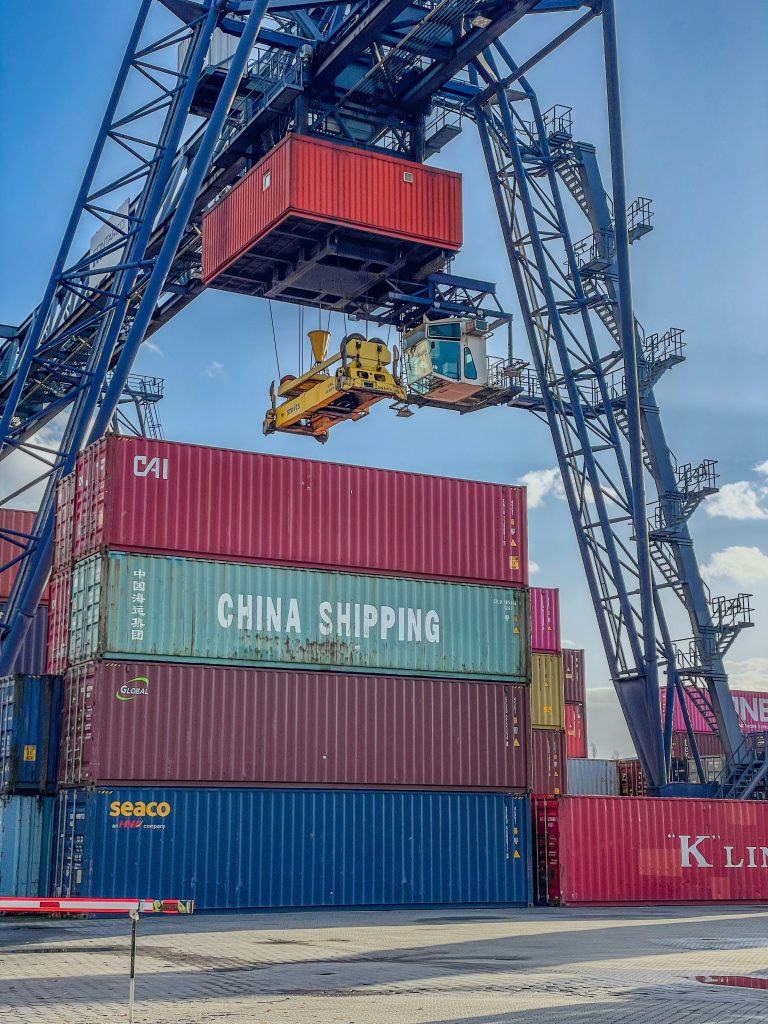Equipment Exporter – Your Guide to Successful Exporting

Understanding Equipment Exporting
This process can open new revenue streams and expand business opportunities globally.
However, it also requires thorough knowledge of international trade regulations, documentation, and logistics.
Key Aspects of Exporting
- Identifying Export Markets
- Market Research: Conduct market research to identify demand for your equipment in various countries. Consider factors such as industry growth, economic stability, and trade policies.
- Target Markets: Focus on countries with high demand for your equipment type, such as construction machinery, agricultural tools, or manufacturing equipment.
- Compliance with Export Regulations
- Export Licenses: Determine if your equipment requires an export license. Check regulations with relevant authorities like the Bureau of Industry and Security (BIS) and the International Trade Administration (ITA).
- Documentation: Ensure all necessary documentation, such as commercial invoices, packing lists, and certificates of origin, is accurately completed and submitted.

Documentation Required for Equipment Exporting
This document provides details about the sale, including the buyer and seller information, description of the equipment, terms of sale, and price.
The packing list details the contents of the shipment, including the weight and dimensions of each package, which helps customs authorities verify the shipment.
This document serves as a contract between the exporter and the carrier, detailing the type of equipment being shipped, its destination, and the terms of transport.
This certificate verifies the country in which the equipment was manufactured, which can affect tariffs and trade agreements.
An export license may be required depending on the type of equipment and the destination country. It ensures that the export complies with U.S. regulations.
This document provides proof that the shipment is insured, protecting against potential losses or damages during transit.

Costs Involved in Exporting
Understanding the Financial Aspects
The cost of the equipment itself is the primary expense. Ensure competitive pricing while maintaining profitability.
Shipping costs vary based on the mode of transport (air, sea, or land), distance, and the size and weight of the equipment. Freight forwarders can provide quotes and handle logistics.
Duties and taxes are levied by the destination country based on the equipment's value and classification. Research the tariffs applicable in your target market.
Export credit insurance and cargo insurance are essential to protect against non-payment by foreign buyers and damage during transit.

Costs associated with obtaining export licenses, meeting regulatory standards, and ensuring compliance with international trade laws.
Steps to Becoming a Successful Equipment Exporter
A Guide to Exporting Equipment
- Research and Planning
- Conduct thorough market research to identify potential markets.
- Develop a detailed export plan outlining target markets, marketing strategies, and financial projections.
- Regulatory Compliance
- Ensure compliance with all relevant export regulations.
- Apply for necessary export licenses and permits.
- Logistics Management
- Choose reliable logistics partners for shipping and customs clearance.
- Understand Incoterms and their implications on shipping responsibilities.
- Marketing and Sales
- Develop marketing strategies tailored to international audiences.
- Participate in trade shows and export promotion programs.
- Customer Support
- Provide excellent after-sales support to build long-term relationships with international clients.
- Offer training and technical support for the equipment.

FAQs about Equipment Exporting
Answers to Common Questions
- What are the key documents required for equipment exporting?
- Key documents include commercial invoices, packing lists, certificates of origin, export licenses, and shipping documents.
- How can I determine if my equipment needs an export license?
- Check with the Bureau of Industry and Security (BIS) and other relevant authorities to determine if your merchandise requires an export license.
- What are Incoterms, and why are they important?
- Incoterms are standardized international trade terms that define the responsibilities of buyers and sellers in the shipping process. They are crucial for clear agreements on shipping and delivery responsibilities.
- How can I find reliable freight forwarders?
- Look for freight forwarders with experience in your industry and good reviews. Industry associations and trade directories can also provide recommendations.
- What payment methods are commonly used in equipment exporting?
- Common payment methods include letters of credit, advance payment, and open account. Export credit insurance can protect against non-payment risks.
Conclusion
Summary and Final Thoughts
Exporting equipment offers significant opportunities for business growth and market diversification. By understanding the key aspects of equipment exporting, complying with regulations, managing logistics effectively, and providing excellent customer support, businesses can successfully enter and thrive in international markets. Proper planning and execution are essential for overcoming challenges and maximizing the benefits of exporting.
